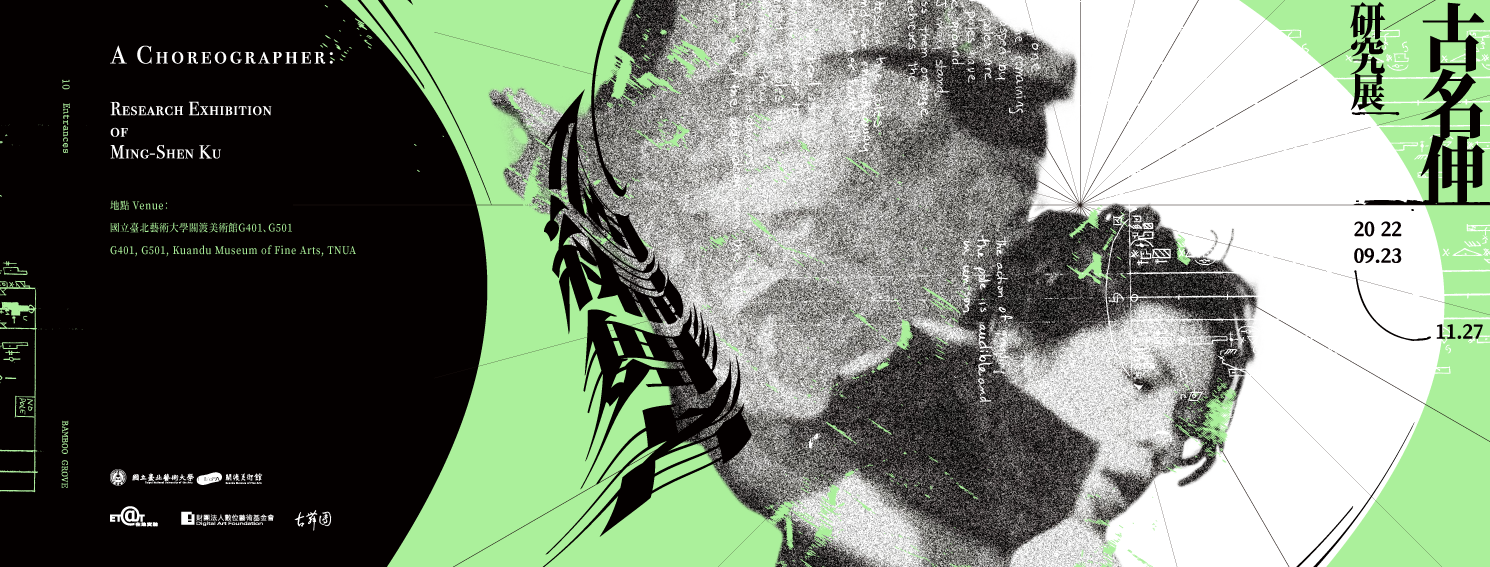How do we learn more about choreographers? As viewers, we know them through their work; as art critics, we study the context for their creations, learn about their background, and conduct aesthetic analysis of their projects; as fellows in dance research, we identify each piece of work as a milestone in the history of dance, based on its style and the context where it is created. People think of the dances Legacy and Moon Water, when it comes to Hwai-Min Lin, and it is impossible to talk about Li-Zhen Lin, without mentioning two of her Dance Theatre trilogy- Miroirs de Vie and Song of Pensive Beholding. What rings a bell when we think of Ku as a choreographer, that is the very first question to be asked at the A Choreographer: Research Exhibition of Ming-Shen Ku.
Ming-Shen Ku, a winner of the 21st National Award for Arts, whose influence on Taiwan's dance industry is self-evident to dancers, either with or without formal training, researchers, and enthusiasts. Ku is keen on the promotion of Contact Improvisation, putting the art of improvisation into practice, and establishing dance communities for the performance of improvisation. These ongoing efforts allow dances to continuously nourish the land for performance in Taiwan, just as a quiet yet running stream.
Among the many contributions that Ku has made to Taiwan's dance environment, there is a part of her that few people know her as- a choreographer. There may have been signs revealing such an identity from the project for which Ku is known- I Was a Choreographer. By “Was”, does it suggest “no more?” Or, does it imply that Ku is now on her way to become a different kind of choreographer? Should we abandon the conventional pattern for choreography where choreographers always go hand in hand with their work, is it possible that viewers can, thus, have better proximity to Ku’s mindset for dance performance with planning and changes that center on insights for life and chance, movements and images, self and other, and so on?

